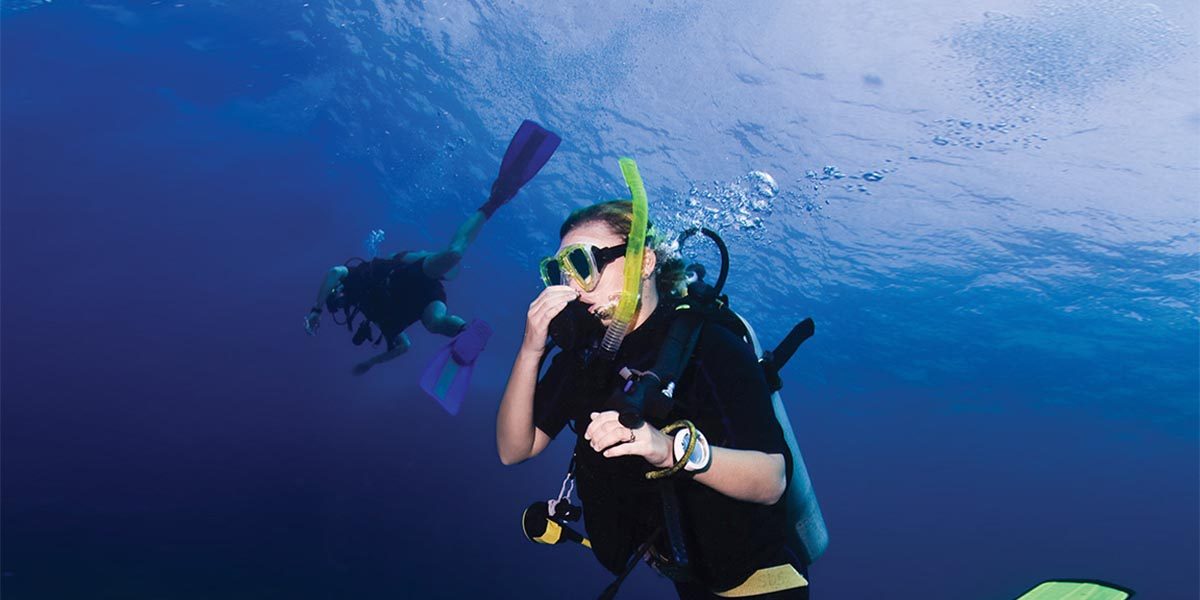SeaBunny88
Registered
Hi All,
I was planning on going to Curacao for my next trip, but flights actually aren't working out. We've decided to pivot to Cozumel. I almost posted there, but my topic more so has to do with being a new diver and tackling drift dives. I feel pretty confident in choosing Scuba Tony with a private dive guide for most of my dives and Scuba with Mario.
I know there are beginner sites in Cozumel, and I will talk with Scuba Tony directly this week, but generally I have some fear around the unknown with drift diving.
Thank you!
I was planning on going to Curacao for my next trip, but flights actually aren't working out. We've decided to pivot to Cozumel. I almost posted there, but my topic more so has to do with being a new diver and tackling drift dives. I feel pretty confident in choosing Scuba Tony with a private dive guide for most of my dives and Scuba with Mario.
I know there are beginner sites in Cozumel, and I will talk with Scuba Tony directly this week, but generally I have some fear around the unknown with drift diving.
- Descending: I had to go slow down a mooring line for my OW dives in Key Largo. Will there be a mooring line and the ability to descend slowly without losing the group? Do I have to worry a lot about the group with a private dive guide?
- What if I can't equalize that day? I was able to equalize on all of my OW dives, but I have heard that sometimes equalizing can be a challenge, and as stated above I had to go slow in Key Largo.
- Biggest question: How does the boat know where to pick us up? I will have an inReach with a dive case.
- As a new diver, I don't have (and am not trained to use) an SMB. Is this a concern? Is renting one an option?
Thank you!




